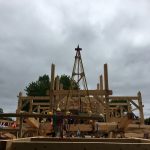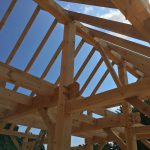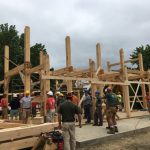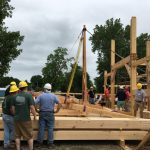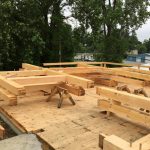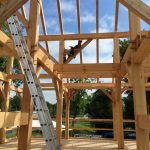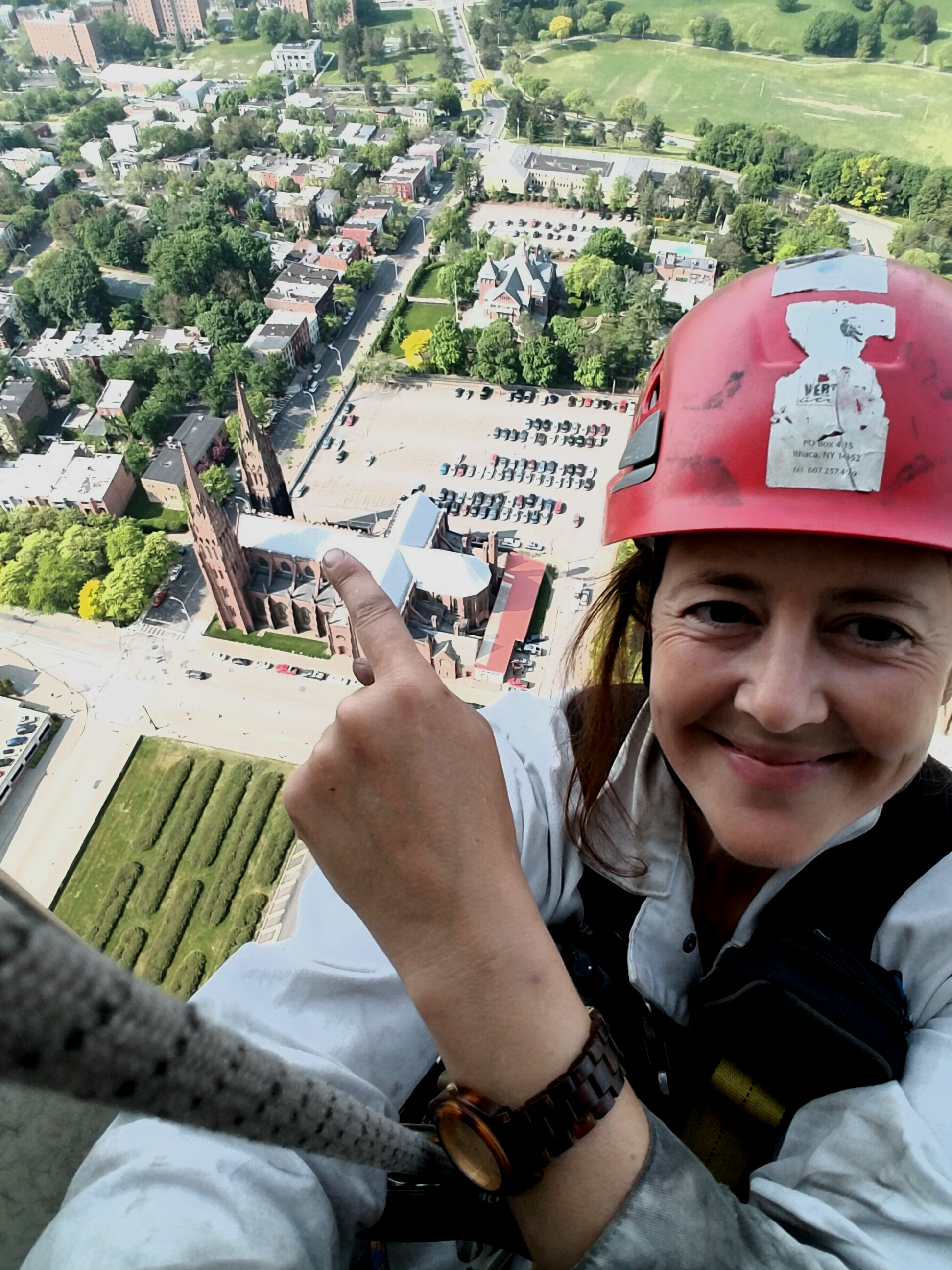On March 11, 2020 I was in South Bend, Indiana with co-worker Patrick Capruso and colleagues Casey Williams and Mary Donlon of Simpson Gumpertz & Heger. Just as novel coronavirus was starting to dominate the news headlines around that time, a lot of our dinner talk during the two days on site centered on the topic. What would it be like traveling home later that week? Would our offices be open next week? What precautions would we need to take in the coming weeks and months?
Then on Friday, March 20, New York’s Governor Cuomo announced he was putting the state “on pause” and that all non-essential workers must stay home as of the following Monday, March 23. Certainly, compared to the heroic work performed by medical professionals and first responders, we did not consider our work essential, and we asked all staff to work remotely as of March 23.
Most of our ten-person company already works from their homes across several states, so we were fairly well equipped to continue doing so. The few people in our main office in Ithaca were now asked to make that relatively simple transition as well. The larger impact was that the stay-at-home order meant that all of the field work that we had scheduled for the rest of March and beyond was now postponed.
Over the rest of March and through April and May our company took the same steps that many of our colleagues and other small businesses followed. We made cash flow projections assuming a plunge in billings. We applied for, and thankfully received, a Paycheck Protection Program loan through our local bank, Tompkins Trust Company. We developed an in-house COVID-19 Plan for office, travel and site work. We watched webinar after webinar on how to handle the financial, professional and personal impacts of COVID 19. We acquired disposable gloves, face shields and masks, alcohol wipes and other supplies to keep staff safe once we were ready to return to the office and field work. And we checked daily, sometimes hourly, updates about New York Forward, the phased re-opening plan of New York State.
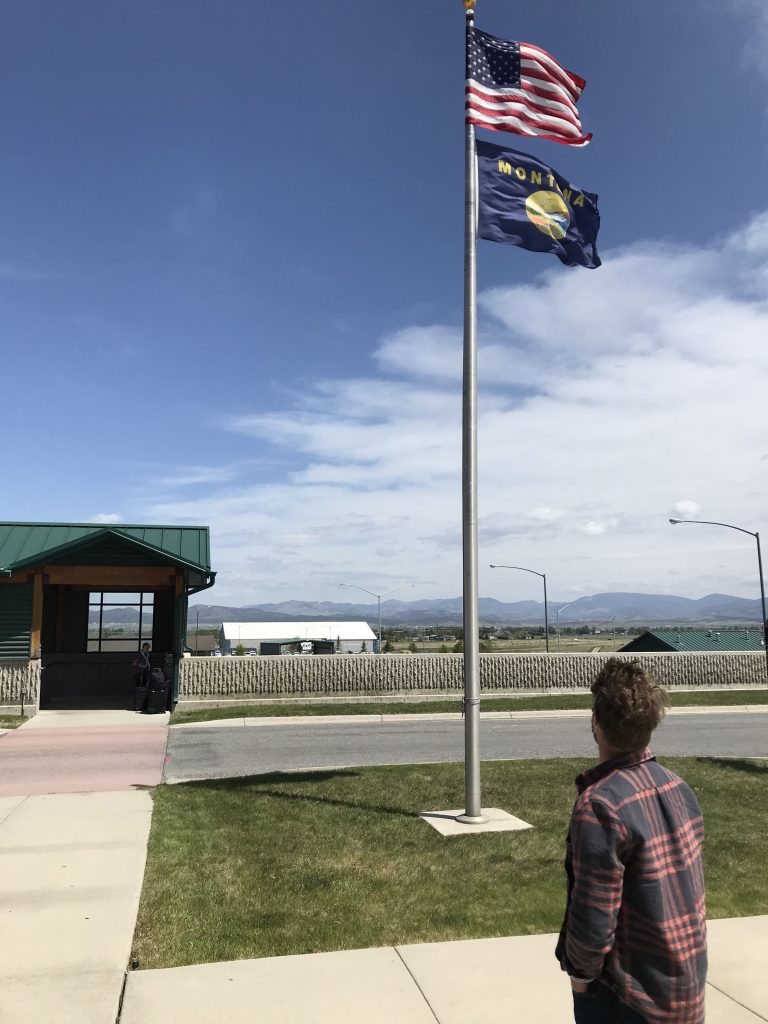
By the end of April, some states had started planning their re-openings, including Montana, which has had one of the lowest rates of infection and deaths in the United States throughout the pandemic. One of our projects that had been scheduled for months prior to the beginning of the pandemic was an assessment of the Montana State Capitol, working with Comma-Q Architecture of Bozeman, Hennebery Eddy Architects of Portland, OR and DCI Engineers, also from Bozeman. Our one of week of field work was originally scheduled to begin April 13 before it was postponed due to COVID-19. With Montana re-opening and with New York starting to establish its plan for re-opening, known as “New York Forward,” we agreed with the project team on a June 1 start date for our field work in Helena. For the next couple weeks as we continued to track the health situations in Montana and New York, we became more comfortable with the June 1 start date.
Typically, I get my temperature taken once a year, in the doctor’s office for my annual physical. But in May I purchased a noncontact thermometer and started taking my temperature daily, as well as checking my oxygen levels and pulse with a fingertip oximeter. We had as a company decided that we would take daily temperature checks while on site, and previous records of our temperature would be useful for establishing our own personal baselines. As expected, my temperature did not fluctuate much from 97.9 degrees Fahrenheit over the course of several weeks. The morning of Sunday, May 31, I started my journey to Helena, MT in Syracuse, NY. After my third flight that day, as I left the secure area of the airport in Helena, a group of Montana National Guard members greeted me, and all other deplaning passengers with a few screening questions and a temperature check. My temperature was normal. The morning of June 1, I took my temperature again and it was now above 99 degrees, a significant increase from my consistent readings of 97.9. I took my temperature an hour later and it was over 100 degrees. I immediately looked up COVID-19 testing centers in Helena, MT. Later that morning after confirming with one that I should and could get tested, I was in the line of cars at the closest testing center.
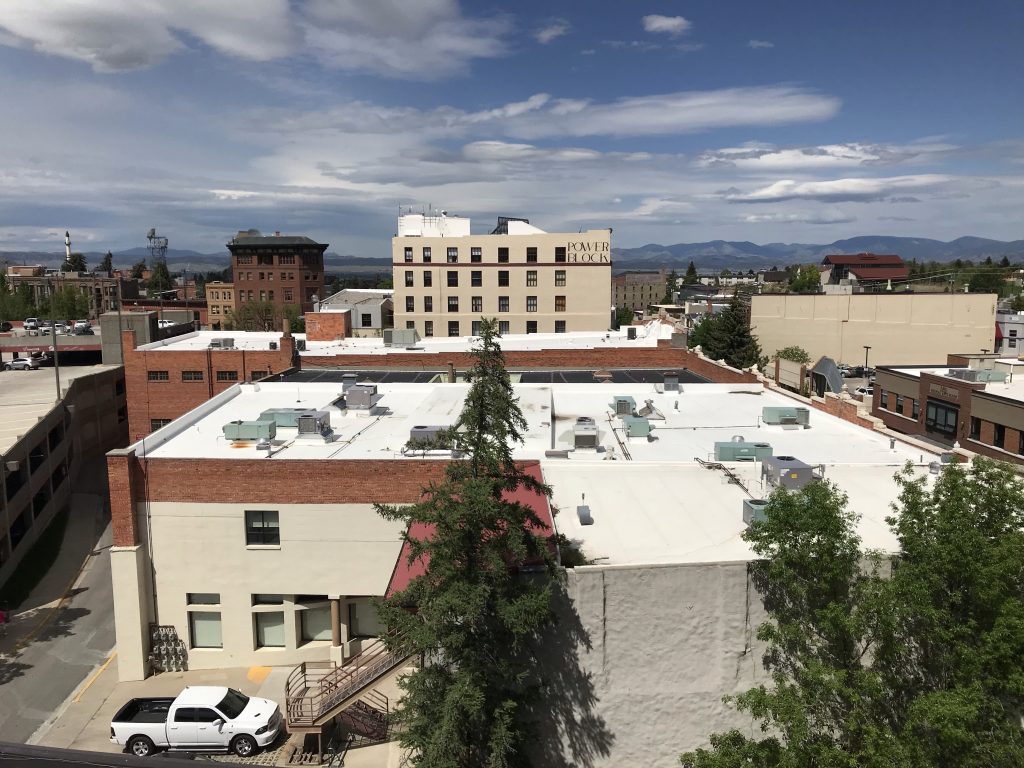
I spent the next three days in my hotel room waiting. At the testing site I was told I would get the results in 24 to 48 hours. After about 24 hours I called the hospital where I was tested, but the results were not in yet. After 48 hours I called again, and the results were still not in. Finally, at 5 pm on Thursday, the hospital called to tell me the good news, my test came back negative. What a relief to know that I had not put those who I had come into contact with over the past two weeks at risk. What a relief to know that I would be able to join my co-workers on site the next day at the Montana State Capitol to help them finish the project.
During my three days in isolation, I thought a lot about the measures I had taken since mid-March to protect myself and those around me and I thought a lot about the precautions I had not taken. There is always more that I could have done, and more that I will do because this is not the end of the COVID-19 story.
 The last week of September, Vertical Access attended the hottest conference in preservation: APT International’s 50th anniversary celebration happening in Buffalo and the Niagara Region of Canada.
The last week of September, Vertical Access attended the hottest conference in preservation: APT International’s 50th anniversary celebration happening in Buffalo and the Niagara Region of Canada.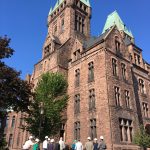
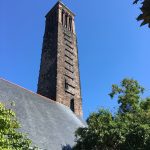
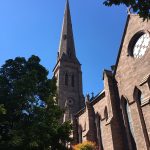
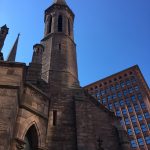

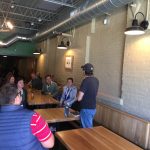
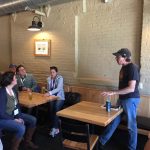
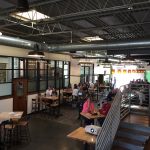
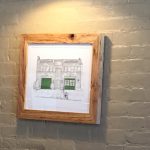
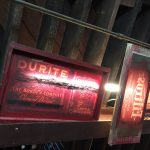
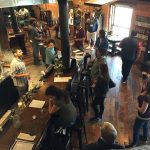
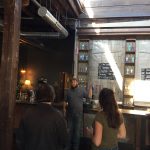


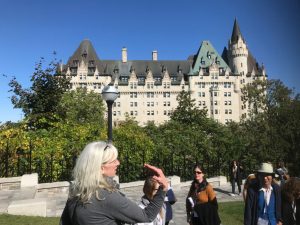 Last October, the Association for Preservation Technology International (APT) and the National Trust for Canada held CAPITALizing on HERITAGE: COMMUNITY, GOVERNMENT and SAVOIR-FAIRE in Ottawa. The joint conference showcased 190 speakers and over 40 exhibitors. With roughly 1,100 attendees and more than 20 countries represented, the four-day event became the largest heritage conference ever held in Canada. CAPITALizing on HERITAGE was my first APT Annual Conference and fueled by a shameful amount of readily available coffee I made my way around paper sessions, banquets, and plenary discussions. Compared to regional APT symposia, the programming was diverse and immense with focuses ranging from the archeological unearthing and documentation of Nova Scotia’s built heritage to an exploration of Ontario’s northern wilderness in search of the rugged landscapes immortalized in paintings by the Group of Seven.
Last October, the Association for Preservation Technology International (APT) and the National Trust for Canada held CAPITALizing on HERITAGE: COMMUNITY, GOVERNMENT and SAVOIR-FAIRE in Ottawa. The joint conference showcased 190 speakers and over 40 exhibitors. With roughly 1,100 attendees and more than 20 countries represented, the four-day event became the largest heritage conference ever held in Canada. CAPITALizing on HERITAGE was my first APT Annual Conference and fueled by a shameful amount of readily available coffee I made my way around paper sessions, banquets, and plenary discussions. Compared to regional APT symposia, the programming was diverse and immense with focuses ranging from the archeological unearthing and documentation of Nova Scotia’s built heritage to an exploration of Ontario’s northern wilderness in search of the rugged landscapes immortalized in paintings by the Group of Seven.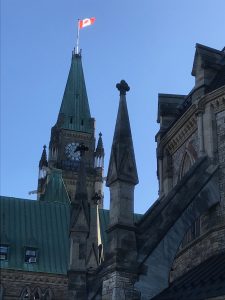
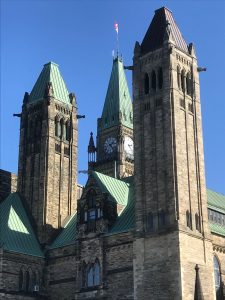
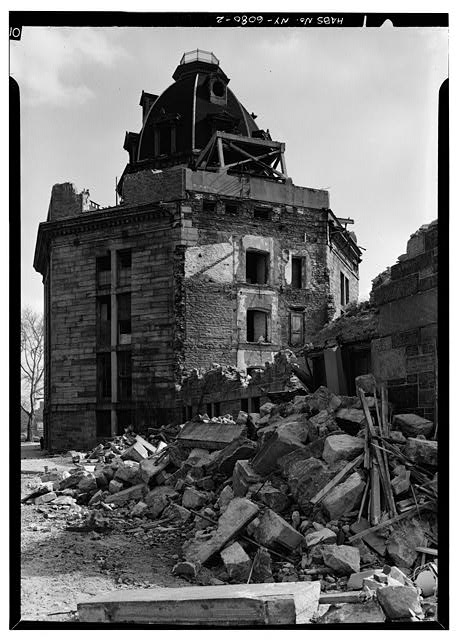
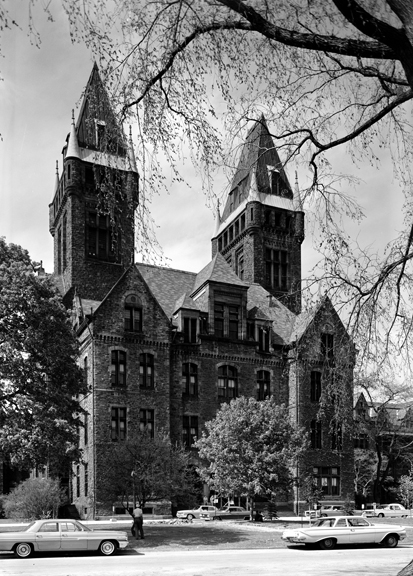
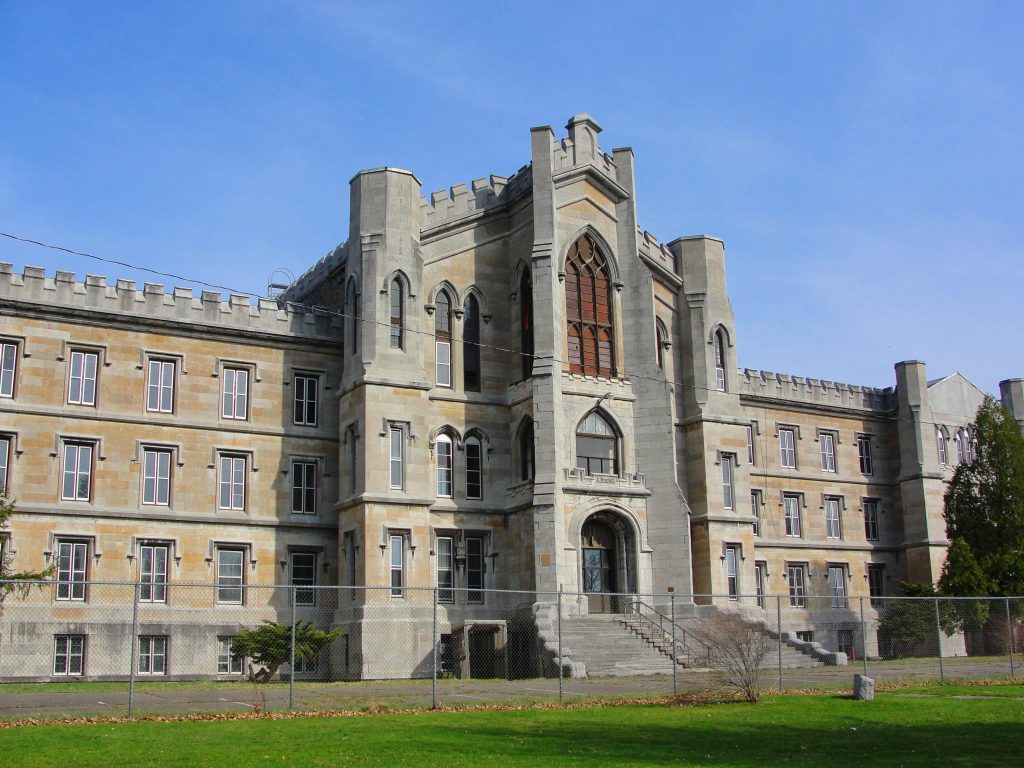

 In her Applicator cover story, “
In her Applicator cover story, “